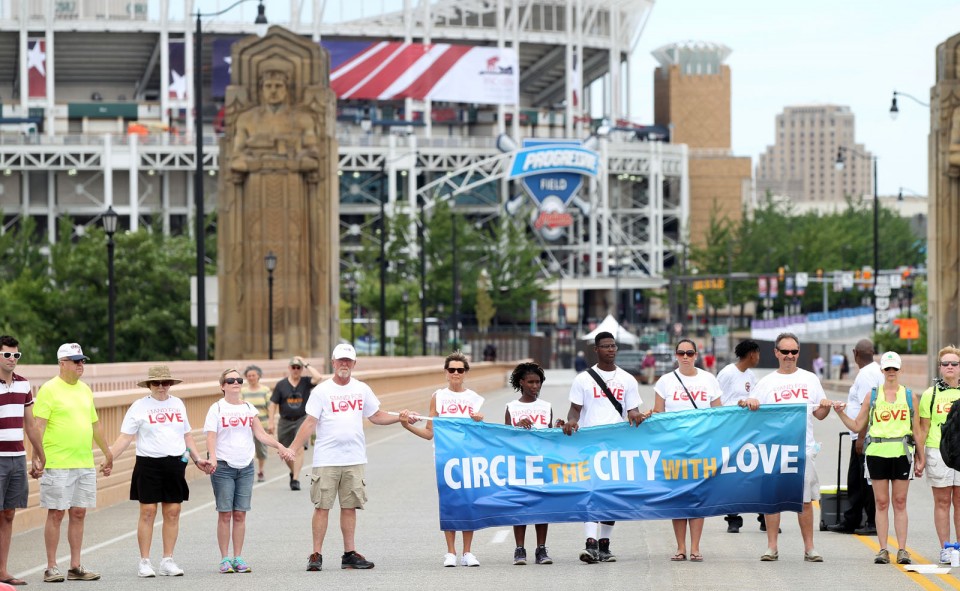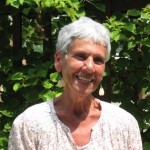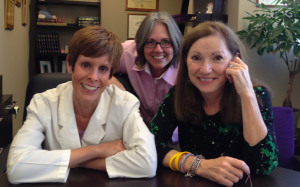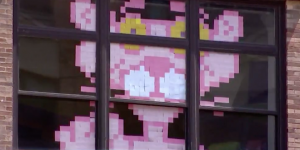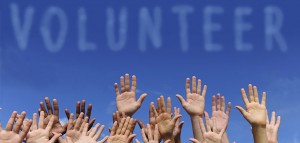 It’s that time of year again…time to review the year that is ending and plan for the new year that is about to begin. The last week of December is an excellent time to take stock of professional goals and achievements. The review begins with a few simple questions:
It’s that time of year again…time to review the year that is ending and plan for the new year that is about to begin. The last week of December is an excellent time to take stock of professional goals and achievements. The review begins with a few simple questions:
For 2016: Goals/Achievements
What were your top professional goals this year?
What were your greatest achievements? (list as many achievements as you like)
Which achievement are you most proud of? Why?
What was the greatest lesson you learned? In what way are you applying that learning to your career?
For 2016: Unachieved Goals
What goals did not get completed? Why?
Will any of these unachieved goals move into 2017? Where do they fit in your priorities?
For 2017: Goals
What are you most looking forward to in the new year?
What are your top goals?
What skill(s) do you want to improve or add? In what way will that skill help to advance your career?
How will you reward yourself when you achieve your goals?
Paying It Forward
In what way will you help others achieve their goals? (Will you serve as a mentor or coach? Will you help to develop an initiative for young leaders within your company?)
How will you recognize or reward others for exceptional work?
In what way will you help to create an open, supportive environment at work?
Taking the time to answer these simple questions is time well invested. By reflecting on your achievements for 2016 and focusing on goals for 2017, you will enter the new year with a fresh perspective on the work that lies ahead. If you like the process, ask these questions at the end of each quarter as you prepare for the next. By the end of 2017, you will be so used to the process, you will be ready for another new year. Who knows? In a year, you may be even further ahead in your career than you anticipated!


